Design Meets Wellness: Yoga Studio Design
At the first glance, designing a yoga studio may seem like a less demanding task, since it’s a space that usually requires very little use of furniture — but some features are essential; from great floor material and colour choices to a workable layout. Below we look at the basic guidelines that can turn any environment into a true oasis of calmness, peace and relaxation.
Space Consideration
Well laid-out space is important in yoga as it is in many other practises. When you plan out a design for a studio, space is one of the major elements that should be considered first. Simply put, place great emphasis on how the physical, psychological and spiritual needs of yoga guests can be met spatially.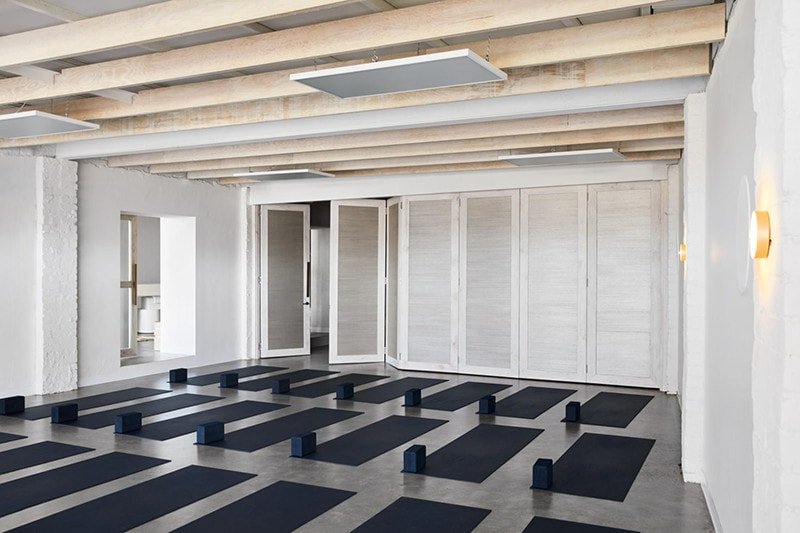
Circulation
Great yoga studio design includes good flow within the building itself. Consider movement from the main entrance, to the central practice area as well as support rooms. Is there a reasonable flow within the space that encourages comfort and flexibility?
Air quality
Having pure and fresh air is important to consider since breath is a basis for development in yoga. Make sure there is cross-ventilation across the room for your students to enjoy each class to the fullest. For a successful yoga studio, you need a renewal of oxygen inside at all times to maintain a healthy, quality environment.
Acoustics
Great interior acoustics doesn’t necessarily mean absolute silence across the room. In fact, in many cases, a great many students and teachers of yoga believe in the idea to progress in spite of the ambient noise. The sounds of nature are believed to enhance certain different practices — a reason why some yoga studios integrate indoor courtyards or gardens.
Flooring material
The ideal flooring shouldn’t be too hard or too soft. The typical and perhaps excellent flooring material you will see in many yoga studios are laminate, hardwood, cork and bamboo. What special is, both cork and bamboo have an advantage in the co-friendly field, which is highly valued by yoga studio visitors who are conscious about preserving the environment. Avoid marble, carpets, tiles, vinyl, linoleum and concrete flooring.
Style and décor
Because yoga is such a soothing concept, the best atmospheres for it are ones that boost your sense of calm and help you step into a reflective and healing frame of mind. Details as basic as the room colour scheme and indoor plants can lend a layer of focus and relaxation to slide your attendees into a memorable yoga experience.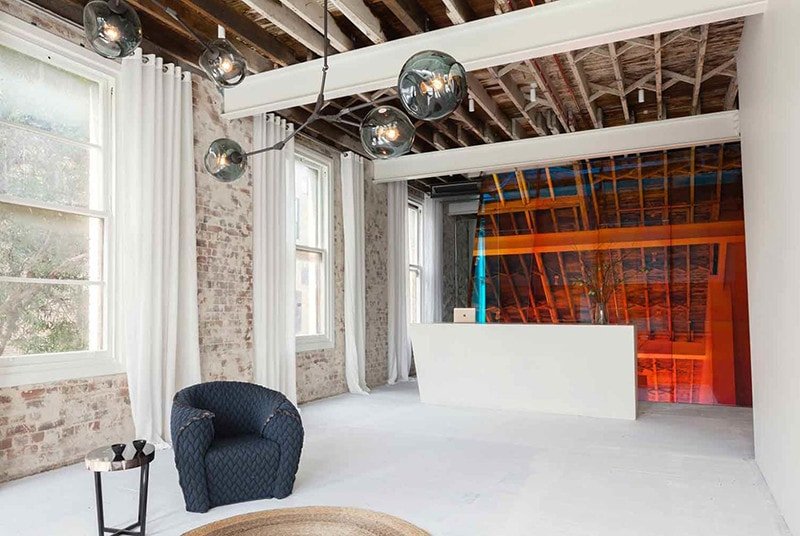 Source
Source
Colour
The colour choice of your room can be mirrored throughout all elements of your yoga practice — like your soft furnishings and yoga mats — to give you an overall sensation of the colour’s effect as soon as you decide to tend to your daily yoga habits.Although there might be one specific colour that may stand out to each individual as soothing, there are plenty of across-the-board hues that can be noted for their calming qualities.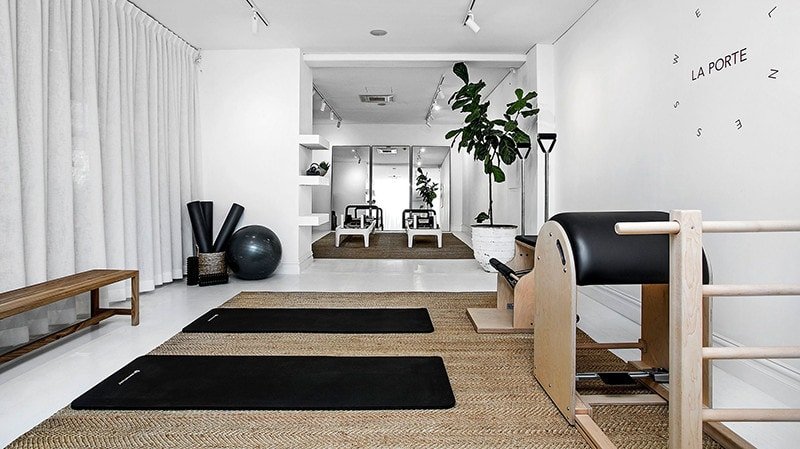 The most popular colours include white, shades of purple, light tones of pink and blue, and earthy green. If you wish to introduce bright colours, do so sparingly, ideally through accents such as yoga mats.
The most popular colours include white, shades of purple, light tones of pink and blue, and earthy green. If you wish to introduce bright colours, do so sparingly, ideally through accents such as yoga mats.
Greenery
Nature is always a great inspiration for the mind, body and spirit. Introducing calming greenery can quickly turn an average space into a real healthy sanctuary. Essentially, potted plants purify the air and enrich it with fresh, clean oxygen.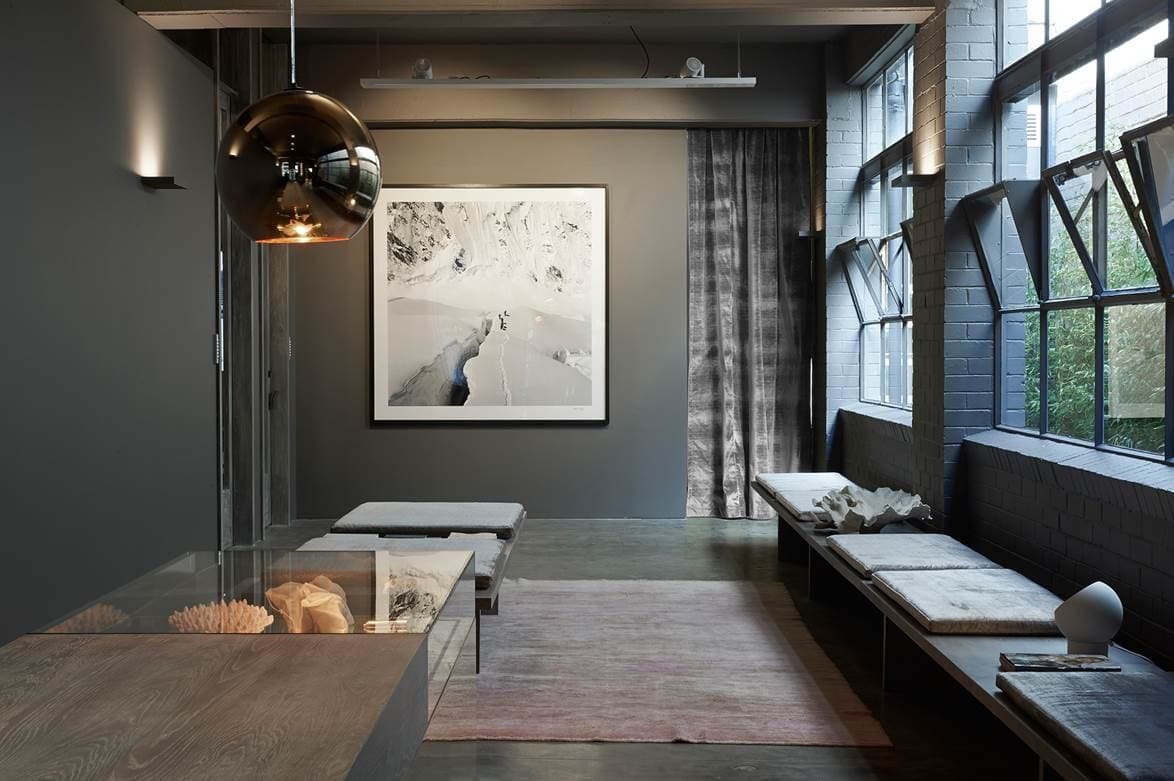
Decor
Lastly, less is more when it comes to studio aesthetics. Don't clutter it up with distracting or exaggerated tchotchkes and wall art. If there's a particular theme you feel can accompany your practice, perhaps choose a few visually appealing pieces to add visual interest to the overall décor scheme.
Illumination and ambience
The innate connection between nature and yoga practice is one that’s unbreakable. Lighting has the primal power to set a mood and hijack our sense of space and time. In a yoga studio, natural light can evoke feelings of “nurturing and love”.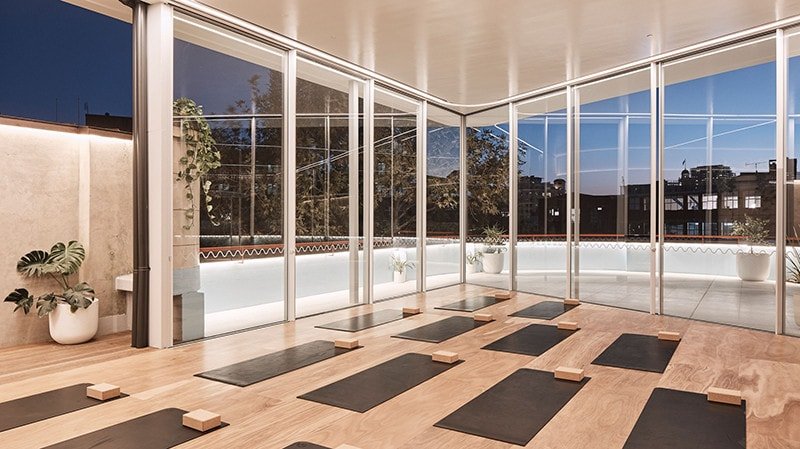 SourceEnsure that the practice space receives plenty of natural light during the day, preferably from multiple directions so that you can take advantage of sunlight no matter if you’re practising in the morning or in the afternoon.However, if you must use artificial light, use warm colours to imitate sunlight. More importantly, lighting in the room should be dimmable to allow the instructor to control the brightness and ambience depending on the type of class.
SourceEnsure that the practice space receives plenty of natural light during the day, preferably from multiple directions so that you can take advantage of sunlight no matter if you’re practising in the morning or in the afternoon.However, if you must use artificial light, use warm colours to imitate sunlight. More importantly, lighting in the room should be dimmable to allow the instructor to control the brightness and ambience depending on the type of class.
Select your props
Although you don't need much more than a yoga mat to practice, restorative yoga poses typically involve a lot of props. Some can even further your design vision by making your practice more accessible and comfortable.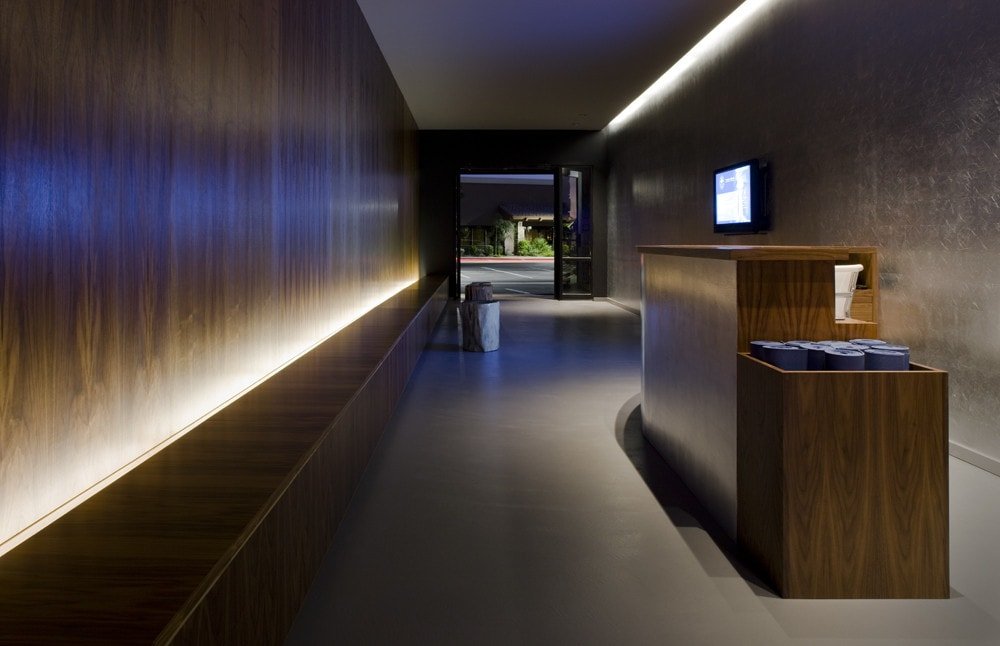 Besides providing optimum stability and cushioning, a high-quality mat will last for years to come. Blocks, straps, bolsters, sandbags and eye pillows require a uniform shape and sturdiness to support you fully as you sink into comfortable poses for long, luxurious amounts of time. They all come in various unique styles, so choose wisely to add to the overall design theme of the room.
Besides providing optimum stability and cushioning, a high-quality mat will last for years to come. Blocks, straps, bolsters, sandbags and eye pillows require a uniform shape and sturdiness to support you fully as you sink into comfortable poses for long, luxurious amounts of time. They all come in various unique styles, so choose wisely to add to the overall design theme of the room.
Get started!
Whether you want inspiration for planning a new yoga studio renovation or building one from scratch, working alongside an expert interior designer can bring all your design goals fruition. From the choice of decorative style right down to interior fittings and lighting solutions; a yoga studio designers will provide all the necessary interior services to deliver a space beautiful enough to lull any highly-stressed individual into a state of nirvana.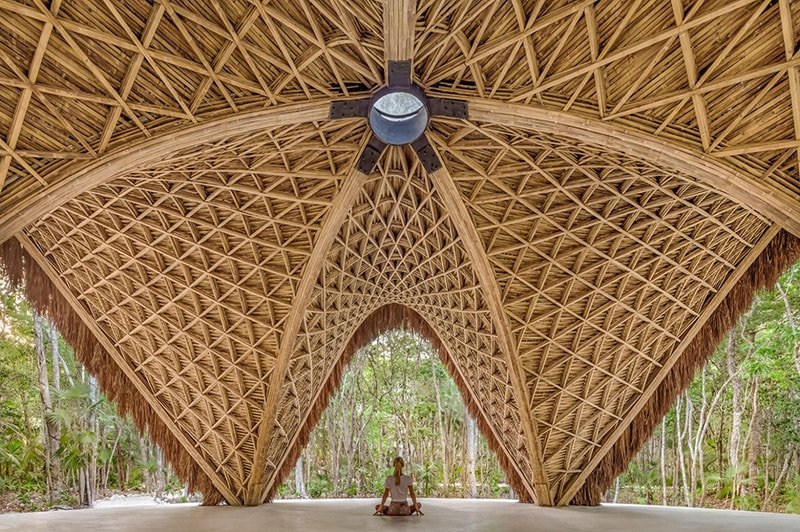 Source
Source
Final Thoughts
Every yoga studio design is different — but they all have a common goal… to create a safe place for calmness, reflection and healing. The experience of relaxation and well-being are deemed to match better with a flexible space layout, a soothing colour scheme, warm material choices and all the essential elements that bring together the perfect yoga studio interior. These are just the few design basics that should be considered as a great foundation to start from.
